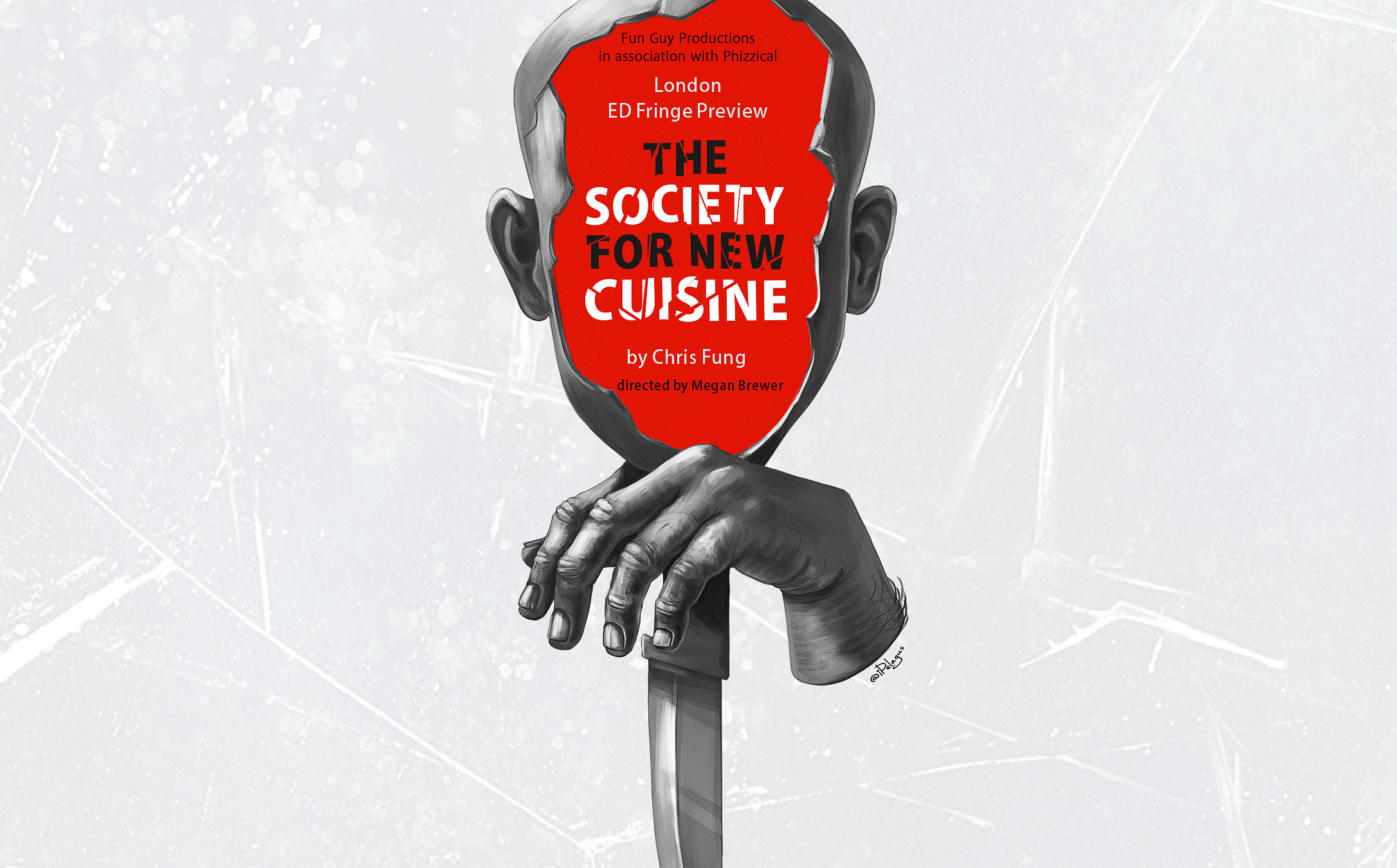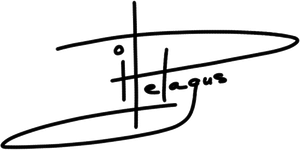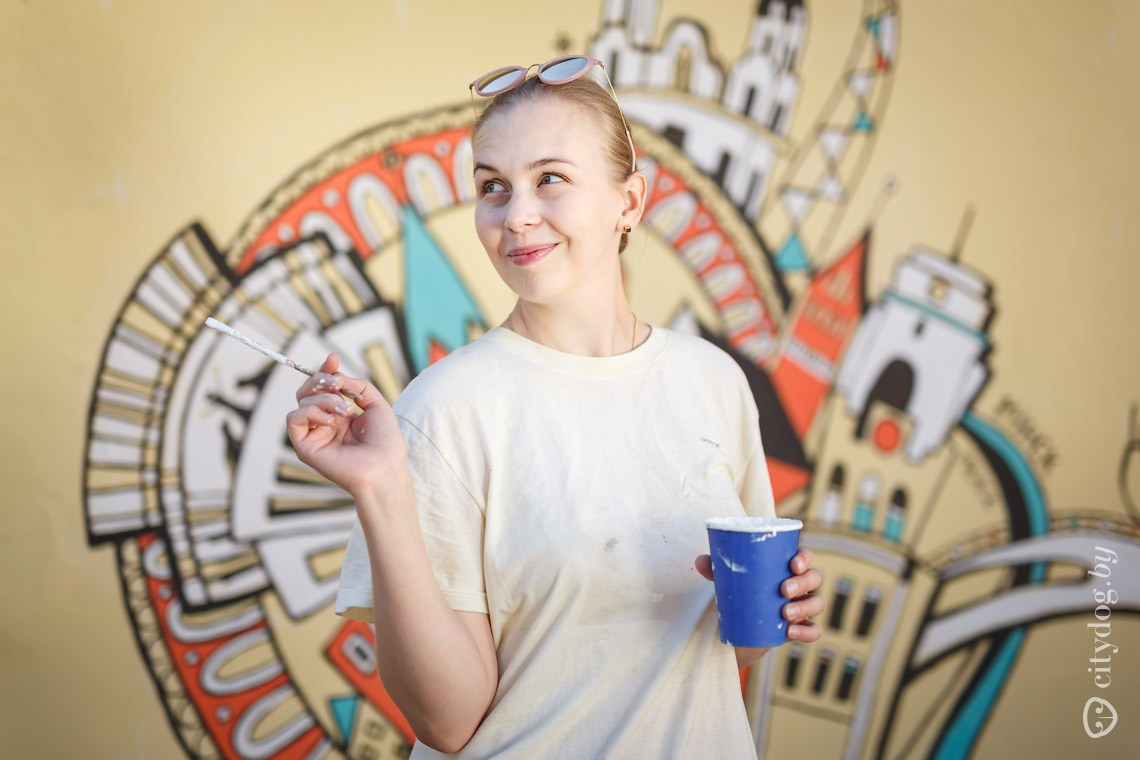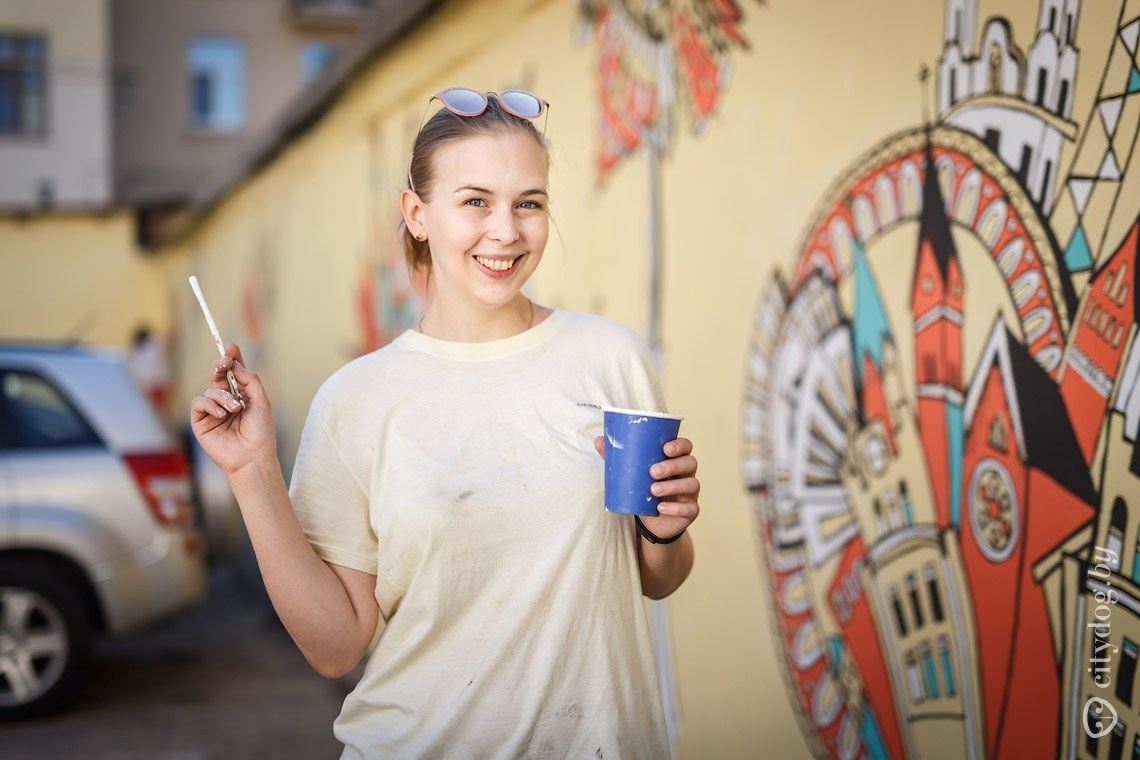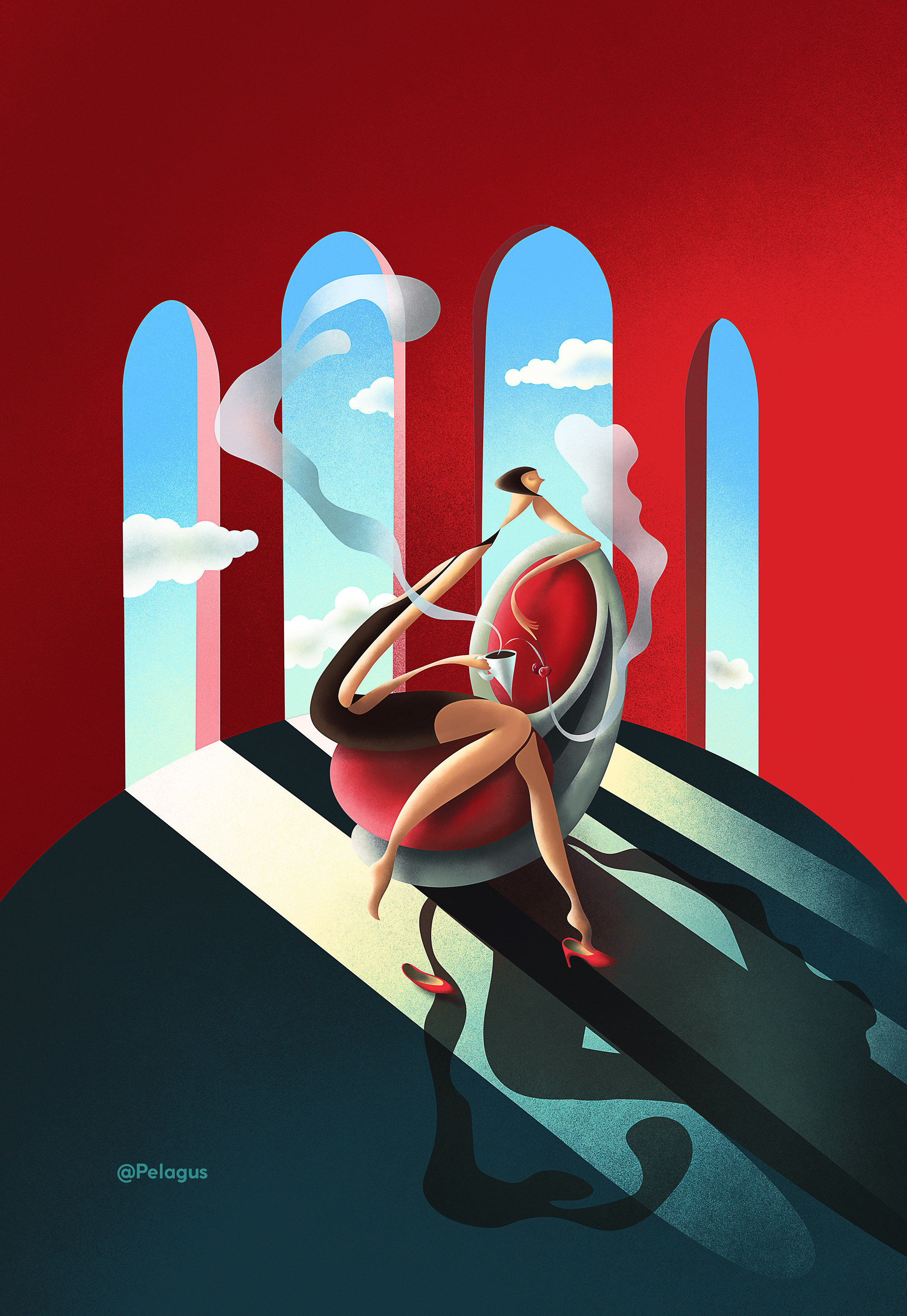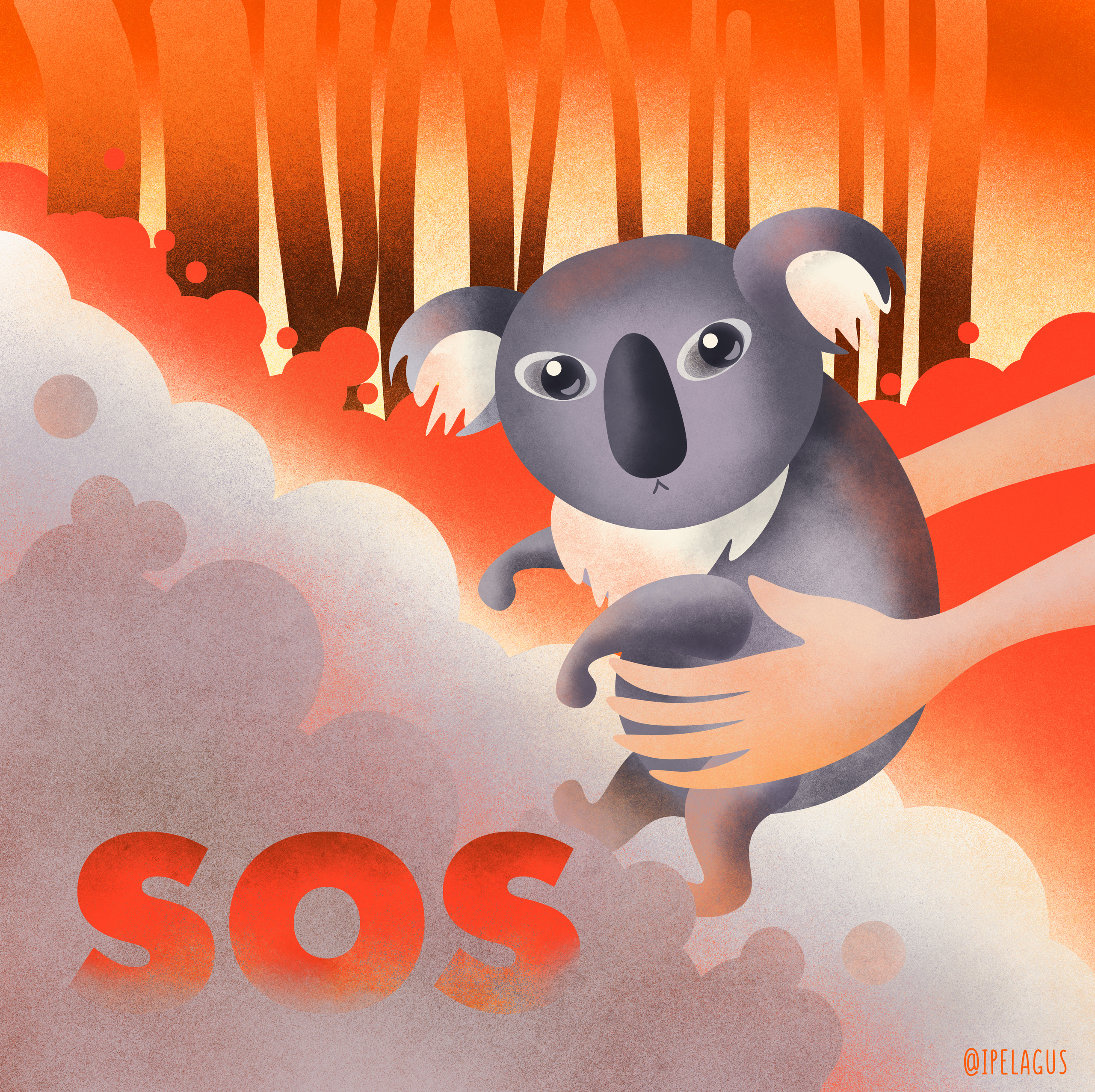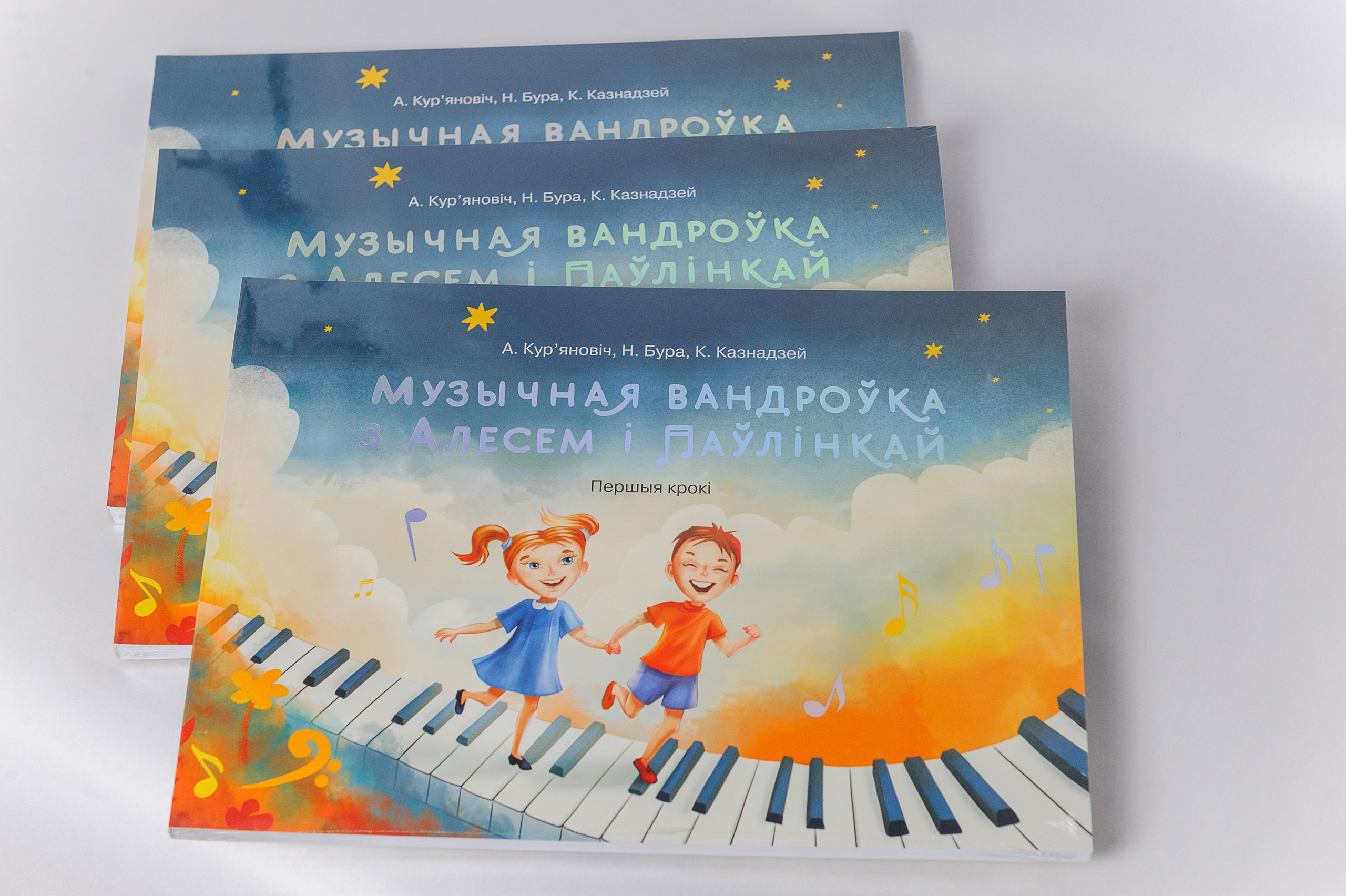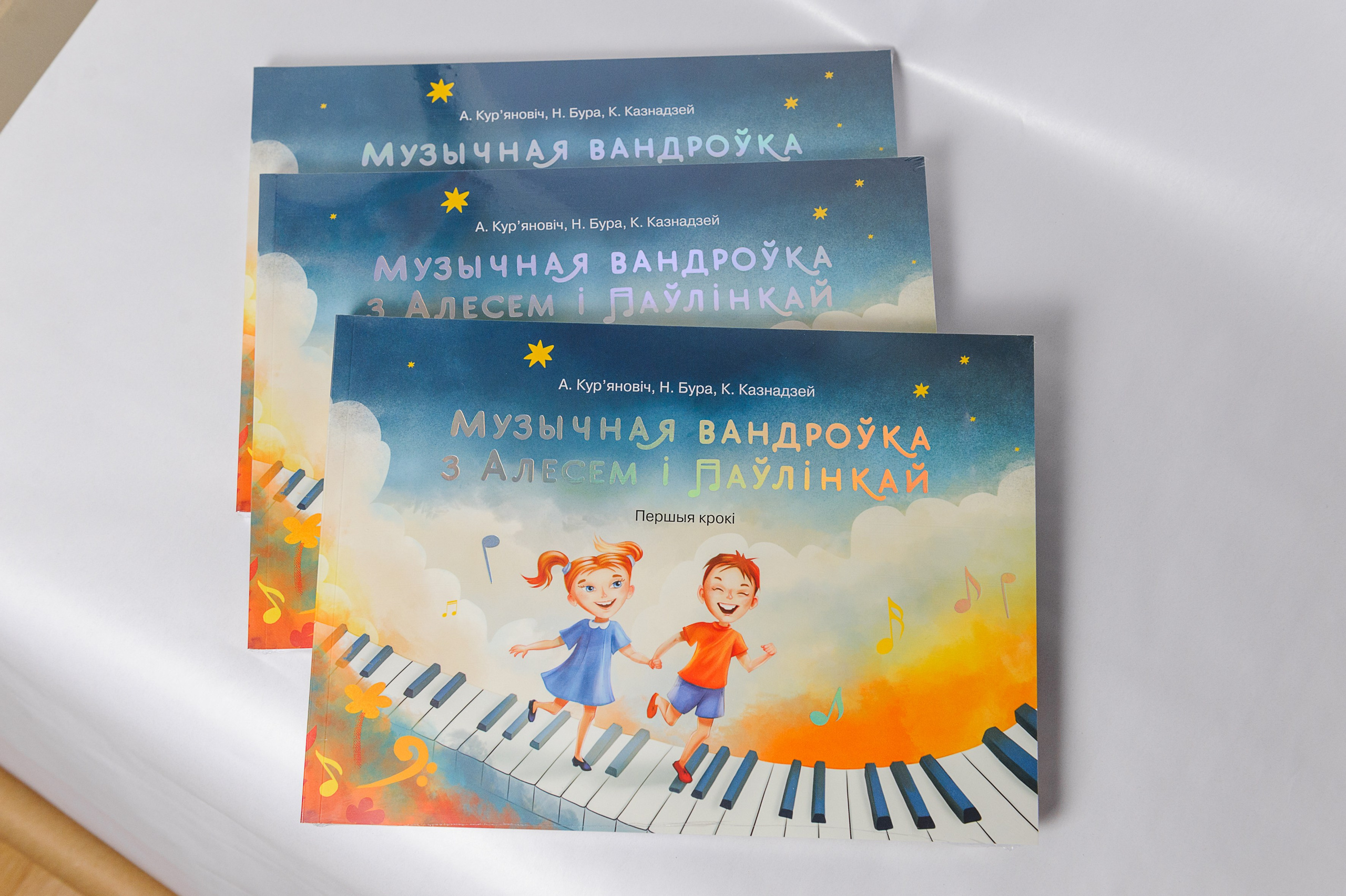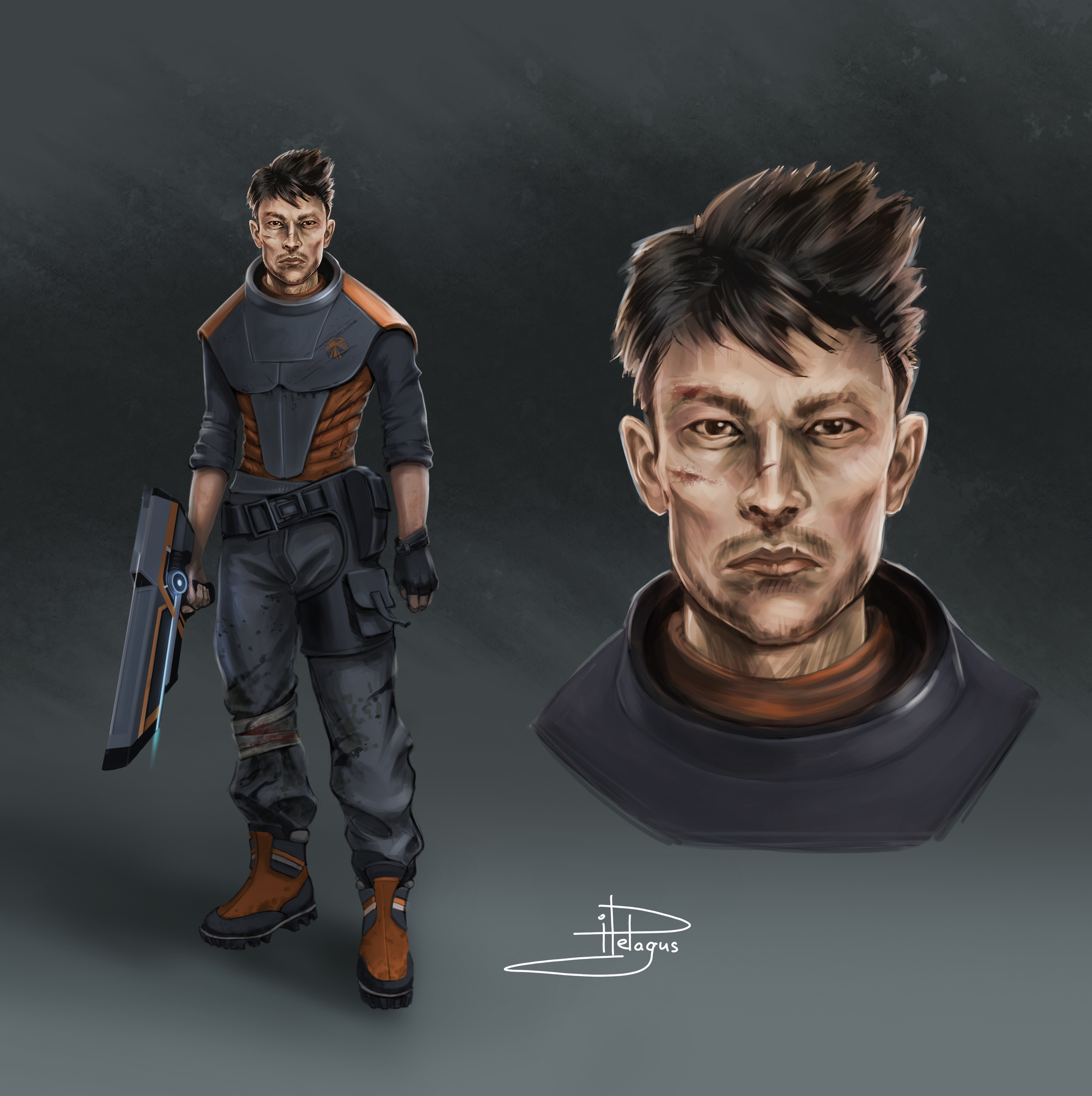“Wrapping my head in wet gauze and painting”: how a new mural is created in Minsk
Maria Voytovich
Photo: Roman Protasevich
https://euroradio.fm/ru/zamatyvala-golovu-mokroy-marley-i-risovala-kak-v-minske-sozdayut-novoe-graffit
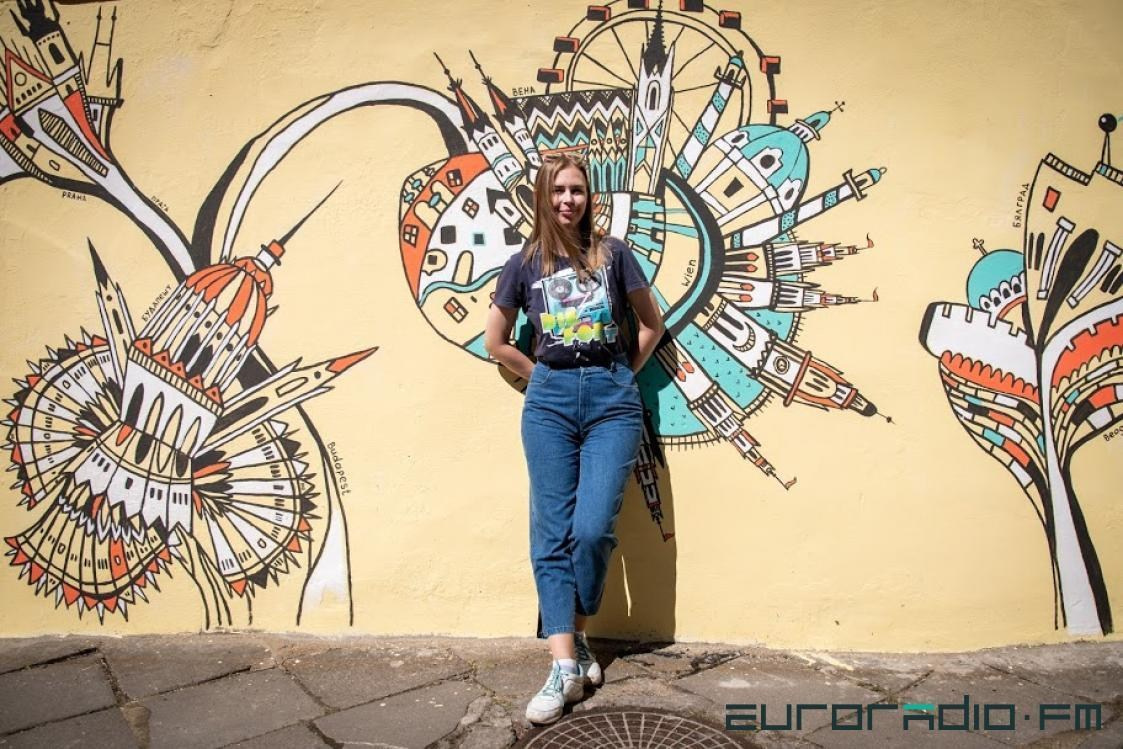
This is the story of how residents of an ordinary courtyard in the center of Minsk wanted to turn the dull wall of their garages into an art object. They wanted to — and they did: artist Kate Kaznadey has been working on a new Minsk graffiti — cities of flowers for almost three weeks now.
Kate’s story deserves to be told. For 16 years, the girl sang at the Bolshoi Opera and Ballet Theater, and then radically changed her life — she started doing visual arts. Euroradio journalists, observing the process from the windows of the editorial office, couldn’t help but talk to the artist.
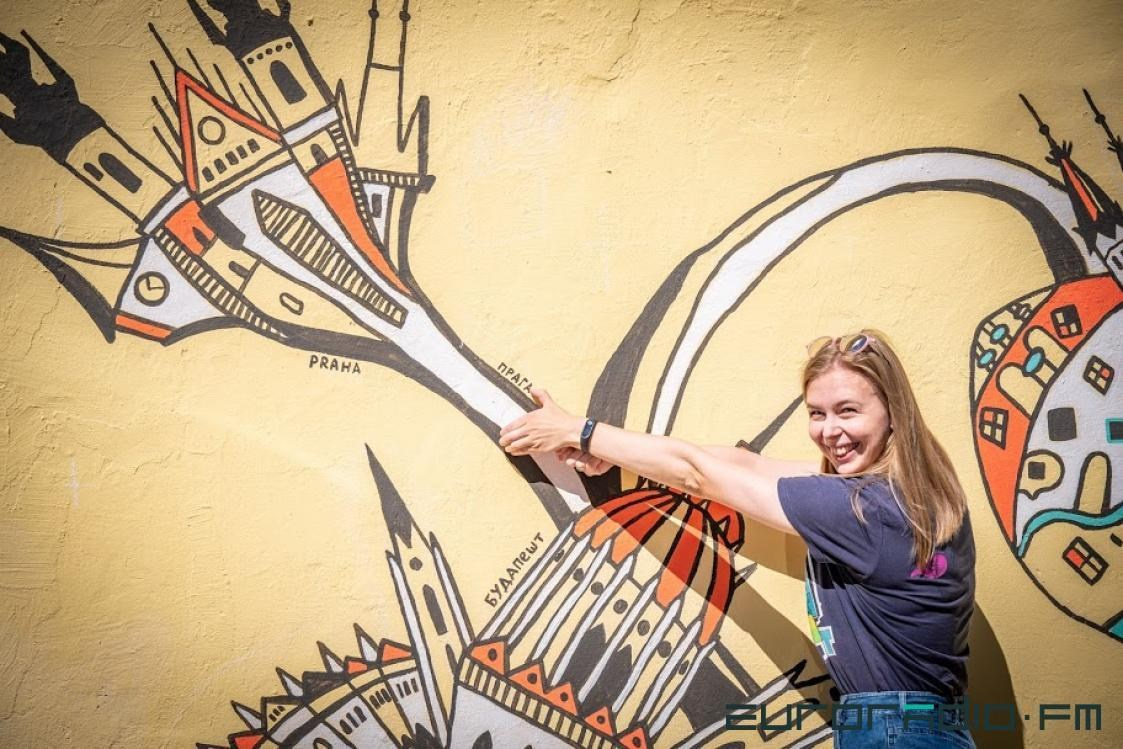
Euroradio: Kate, why did you decide to leave the theater for art?
Kate Kaznadey: I dreamed of becoming an artist since childhood. But my mother’s acquaintance sent her son to an art school where his desire to draw was crushed. My mother was afraid the same would happen to me.
She said, “Draw on your own for now.”
So I drew while also pursuing music. After school, I entered a music college, then to a music academy… But in addition, I studied directing under Prof. Margarita Izvorskaya, (an esteemed opera director, Honoured Artist of the Belorussian SSR, and Doctor of Philosophy and Pedagogics), the wife of Valentin Elizariev, the artistic director of the Bolshoi Theater. She entrusted me with the stage design for the opera we were preparing for graduation. I worked on the decorations, devised costume ideas.
At the age of 29, I realized that painting was my true passion. It was scary, but I decided to change professions.
At first, I helped friends from Russia and France with the stage design of their plays.
Then I enrolled in courses with the artist Sergey Pilipovich. We went on plein airs, visited museums. He taught me how to look at paintings correctly, to notice the important details.
Euroradio: Did the idea of cities of flowers come from these courses?
Kate Kaznadey: Yes. Once Sergey gave us an assignment — to write a short essay about the overwhelming feelings within us. At that time, my favorite
ballet
“Romeo and Juliet”, which had disappeared for a while, was restored in the theater. I wrote the essay. Then we had to paint a city where my feelings would be expressed. I ended up with a fallen tree on the ground, and on it sat a city in the form of a person made of various houses, walkways, ladders, and a factory chimney, resembling a person smoking a factory chimney like a cigarette.
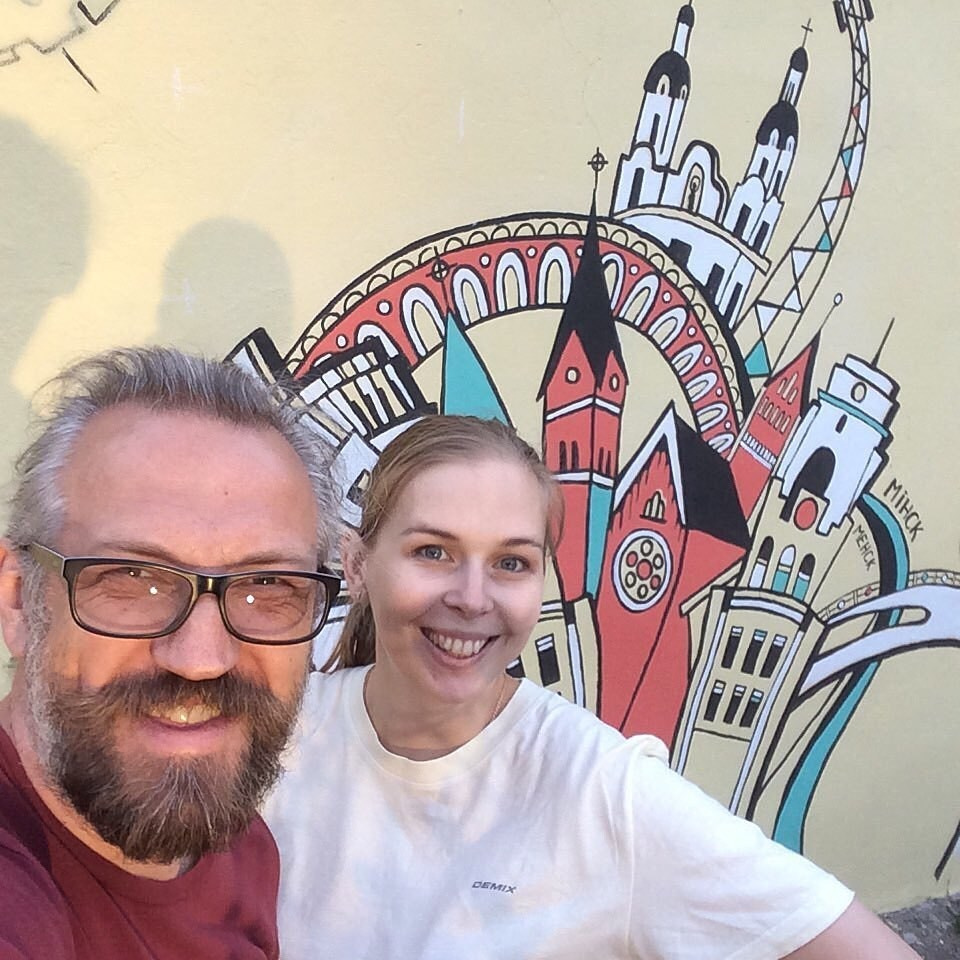
Later on, I started drawing recognizable cities. I posted the pictures on Instagram and asked what city to draw next. People suggested ideas. I transformed the architecture of cities into flowers. Then I wanted to paint such a flower-city in an open café, so that people could sit, for example, under the sprawling Paris. I wrote a post about it, saying that I was ready to paint just for materials, but no one responded.
Euroradio: How did you end up on Marx Street?
Kate Kaznadey: My husband saw that someone on the internet was calling for an artist who had ideas on how to paint the walls of the garages in the courtyard. As I understood it, the initiative came from the residents themselves. I met with one of the local activists, Igor Shablovsky. He looked at my works, discussed them with the neighbors. They liked it. Then I prepared a layout and a project description — I decided to depict European capitals as flowers. The project was timed to coincide with the European Games. It was approved by the executive committee. However, they asked for everything to be decent and without politics.
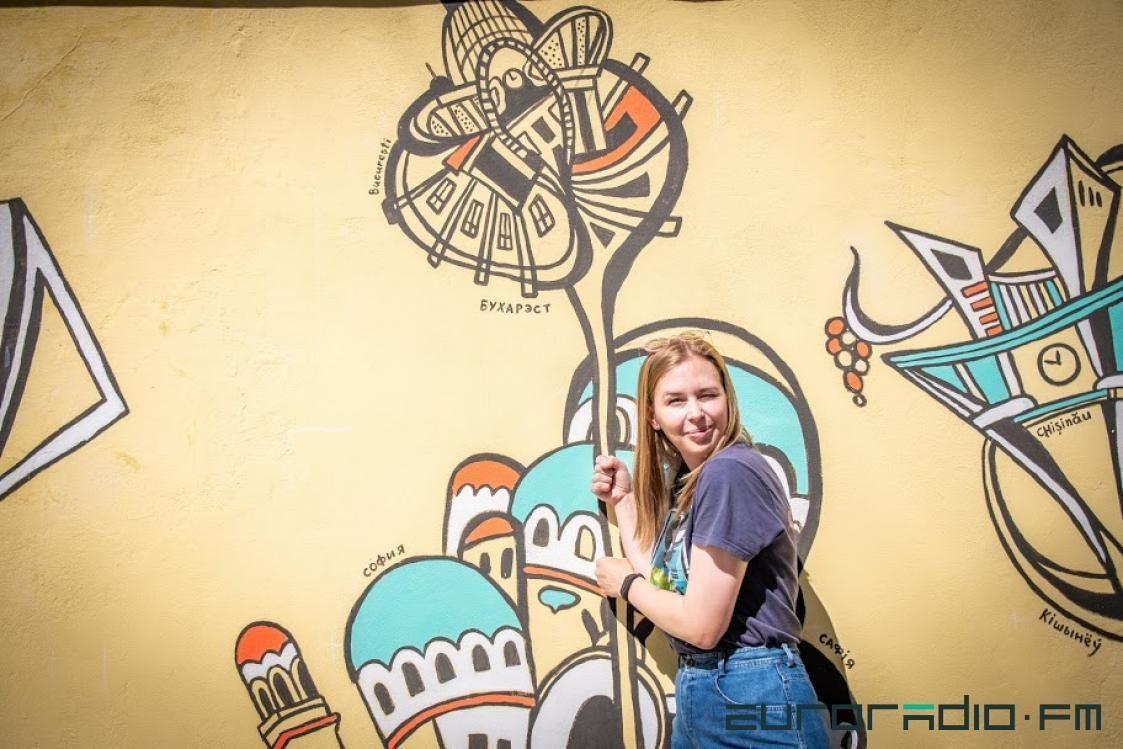
Euroradio: Did they at least give you money for the paint?
Kate Kaznadey: No. The project was done at our own expense. In principle, the paint cost somewhere around 250-300 rubles. I have no complaints about that. We negotiated the terms of work with Igor beforehand. Maybe not all artists would approve of this, but for me, this project is about image. The opportunity to create my work in the city center outweighed the expenses. Will I do such work for free again? Definitely not.
Euroradio: The European Games will end soon, but your work is far from finished…
Kate Kaznadey: We started discussing the project back in March. I assumed I would start working in May and everything would be ready in a month. But the wall preparation took a long time. There were old drawings on it [the famous cat-Chinese and dragonflies. — Euroradio], which had to be painted over. As a result, I only started working on June 5. I didn’t want to rush at the expense of quality, but then I was told to hurry up because on June 15, the executive committee administration would be checking the readiness of the center for the European Games. Artist Lisa Dubinchina came to help. We worked 8 hours a day, painted five meters of the wall per day, with 2-3 flowers.
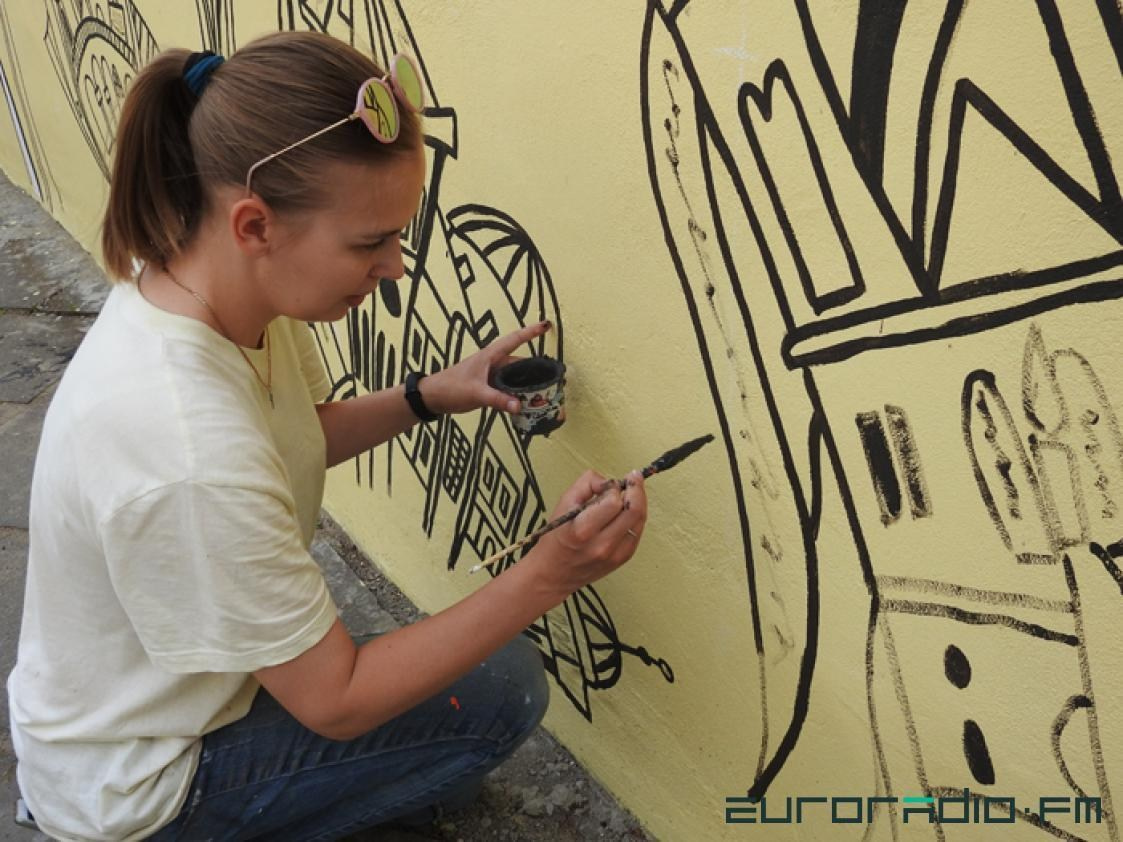
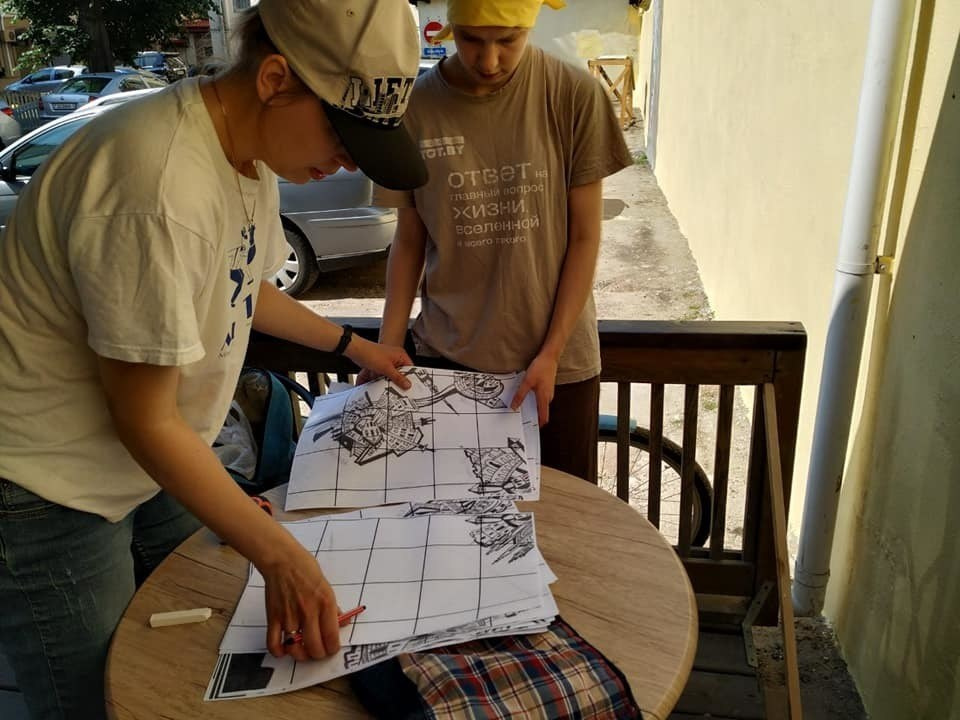
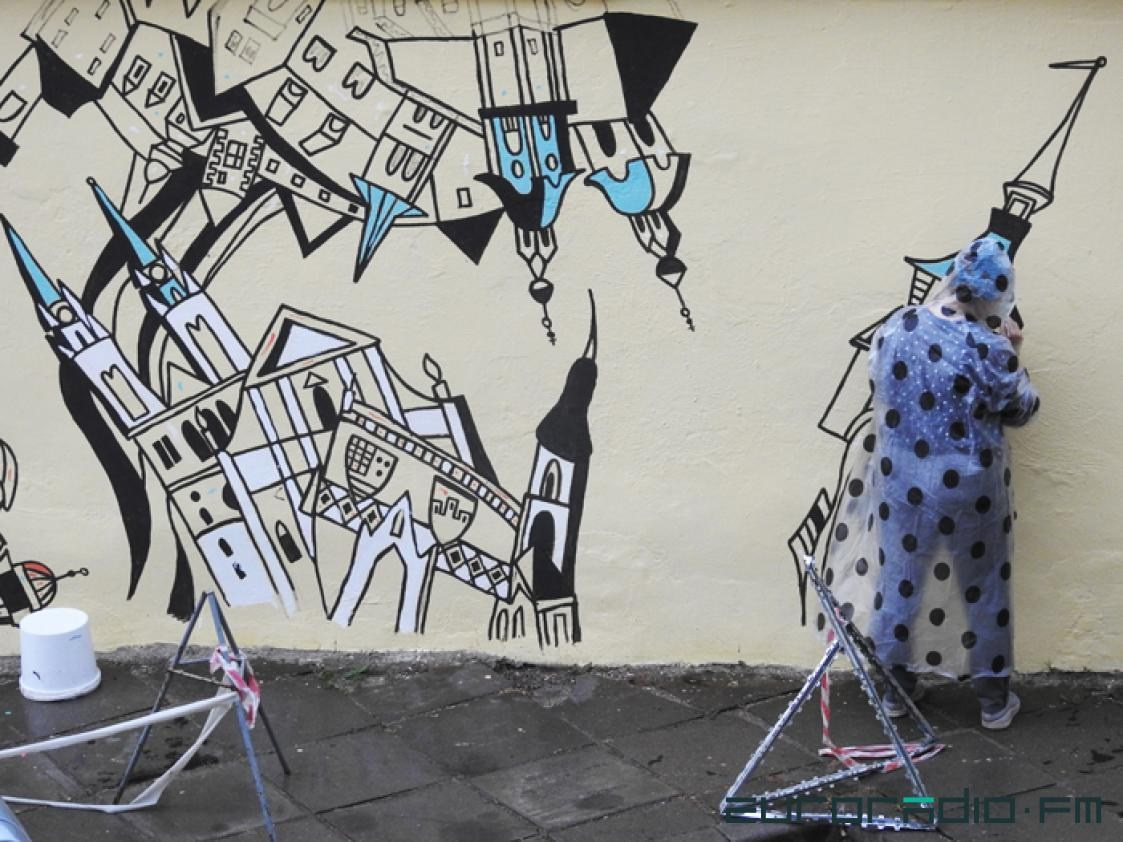
The length of the entire wall is approximately 60 meters. At first, I thought the most difficult part would be painting and maintaining pace, but the sudden heat turned out to be the most challenging. The inspection didn’t come to us. Igor sent photos of what we had achieved to the executive committee, and they said to continue. Other volunteers joined the work, we borrowed a projector, so now the work is progressing faster, but we have to work late in the evening when it’s dark. There are no longer strict time constraints, but I will try not to delay. As for the European Games, I think everything doesn’t necessarily have to shine.
Euroradio: What will a person see when they peek into the courtyard on Marx Street?
Kate Kaznadey: My idea is to evoke joy in people that someone thought of them. In Germany, near the town of Rust, there is Europa-Park — attractions representing European countries. Mountains in Switzerland, spaceships and signs in Russian in Russia, white houses with blue roofs in Greece… It’s all delightful!
It’s like traveling to different countries and getting to know, albeit superficially, their culture. On the other hand, you see something of your own. I wanted to get closer to that. To make it so that every guest of Minsk could enter the courtyard and catch a glimpse of a familiar silhouette. We label each city in the language of its country and in Belarusian.
There will be a total of 50 European capitals and Tel Aviv. We added it
to please the owners and visitors of the newly opened Israeli cuisine
café here.
The CityFlowers are arranged in groups to showcase the
architectural features of different countries.
Walking along the wall,
one feels as if traveling through Europe. Each flower could be talked
about for a long time.
Minsk turned out to resemble a lily, very
diverse. It has both modern and ancient buildings. You can’t fit all the
architecture into one flower, so I tried to select landmarks that have
long been associated with Minsk. There’s the Red Church, the City Gates,
and even a snail with a house in the shape of the National Library.
There’s absolutely no mocking context in this. If you observe snails,
they savor life, enjoy it, slowly explore. Such a snail crawls in its
beautiful house, just like all of us — slowly, but surely.
A wise and
contemplative snail…
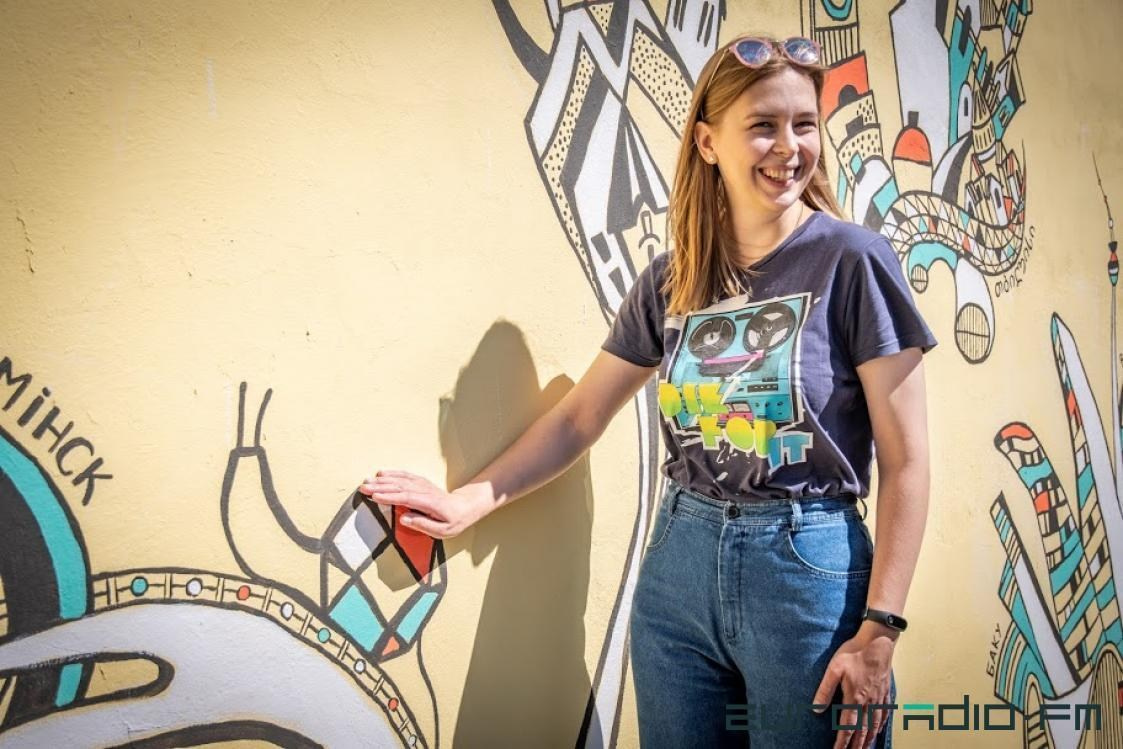
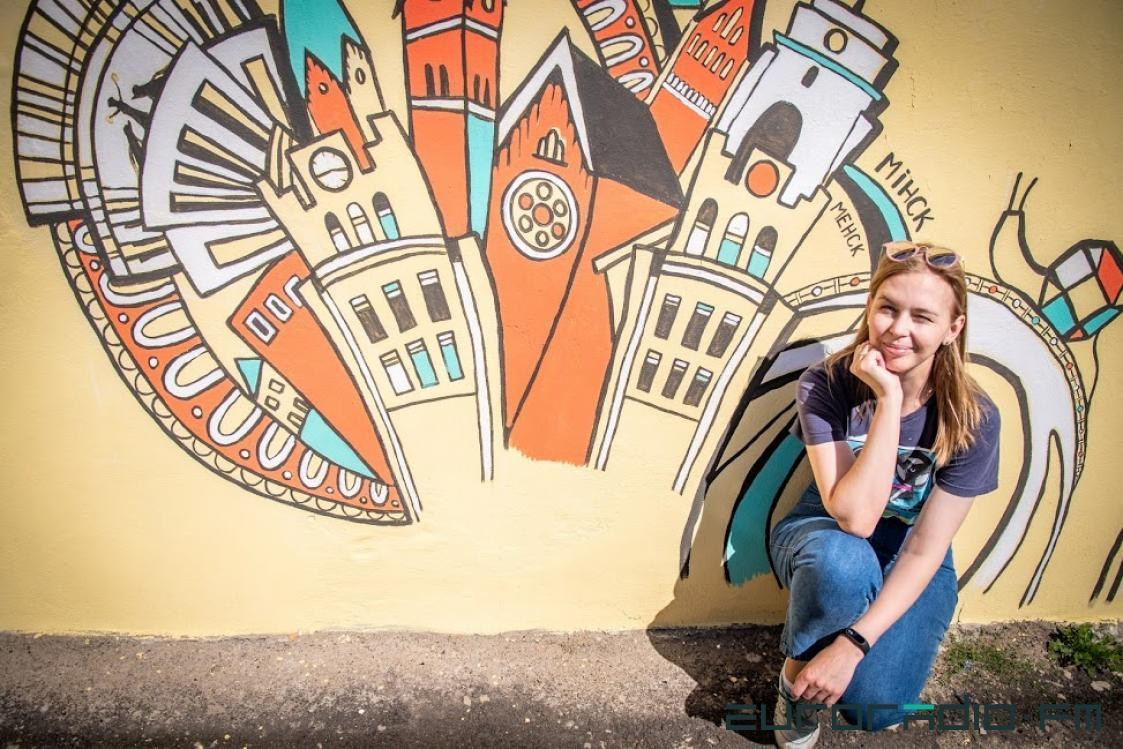
Euroradio: How do people react to your work?
Kate Kaznadey: A couple of times, café staff brought water, and the guys from “Art-Siadziba” treated me to tea. Builders approached, advising to start working earlier to avoid the heat. I wrapped my head with wet gauze and painted. When it became too unpleasant, I hid under the café's canopy, painting in bursts.
Cars park along the wall, so it wasn’t always possible to set up the scaffolding. There’s nothing to be done about it.
There was a man who approached and said that our drawing was unpatriotic, claiming it was “all foreign.” We suggested he walk around the corner and look at Minsk flower. Another woman conducted a real interrogation, asking if we were allowed to work here.
But such cases are rare. Many take photos of us, and when Lisa and I turn around, they hide their phones. It’s quite amusing. And once, a couple approached. They said they lived here. They stood and admired for about 15 minutes.
Euroradio: Is there anything you’d like to say yourself?
Kate Kaznadey: I probably still need to get used to the fact that street art is not forever. There used to be a cat and dragonflies living on this wall. People loved them, took photos with them. Then the wall was painted over. While painting here, I thought that these drawings could be brought back. It would be great if the authorities allowed us to add to the wall in the future. It would periodically refresh with characters “living” in these cities, like the same cat. But for now, it’s just an idea.
Blog
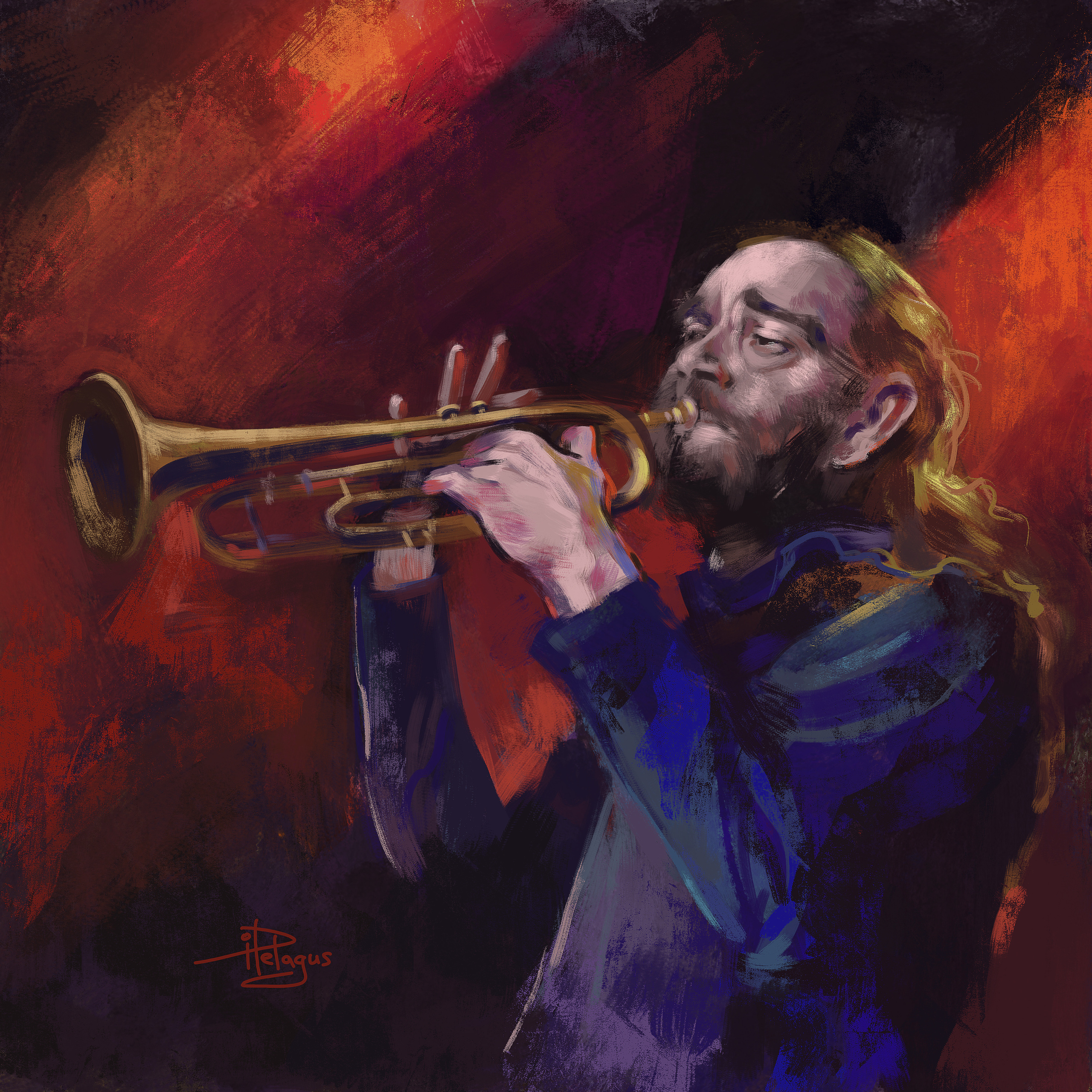
Jazz Jamboree 2022
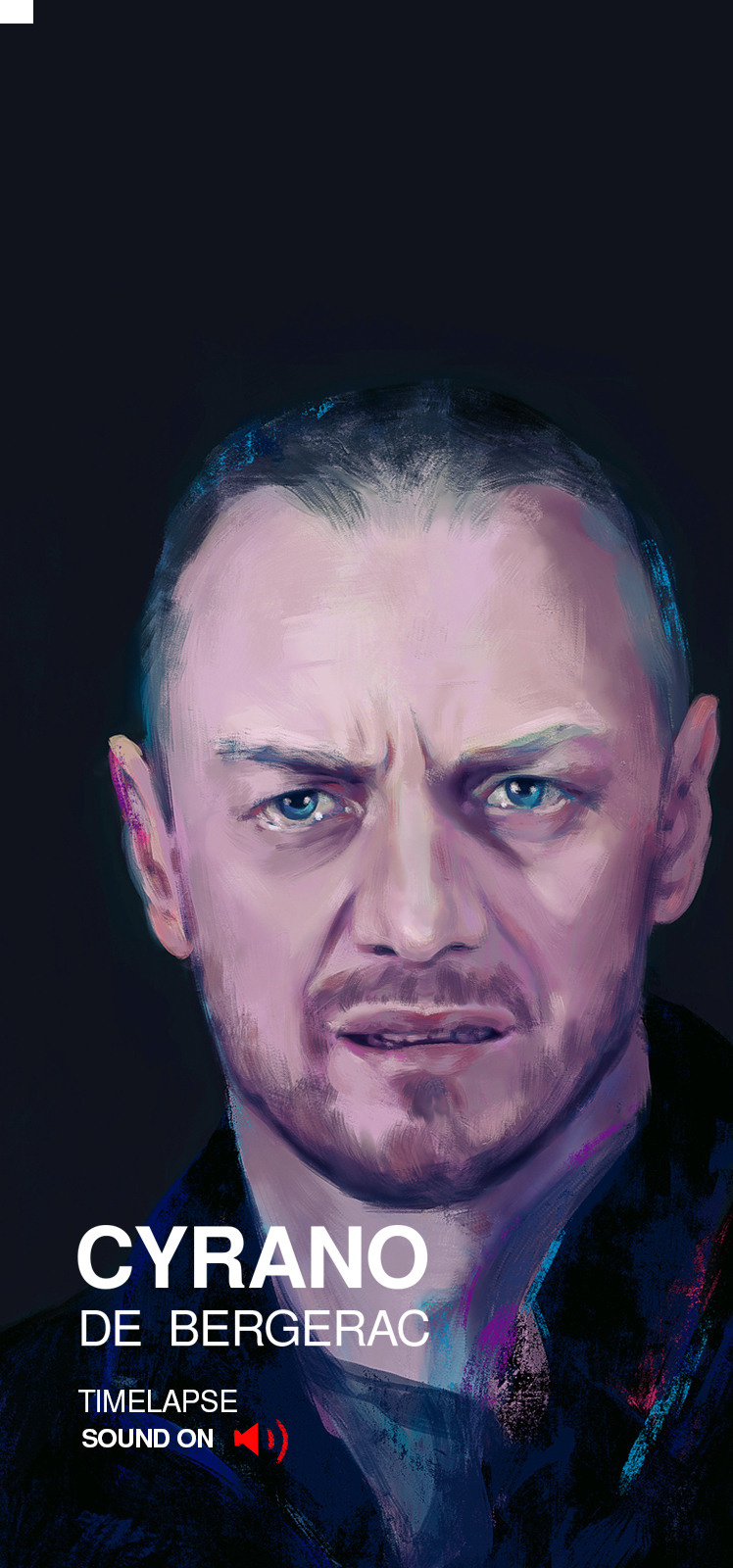
Cyrano de Bergerac
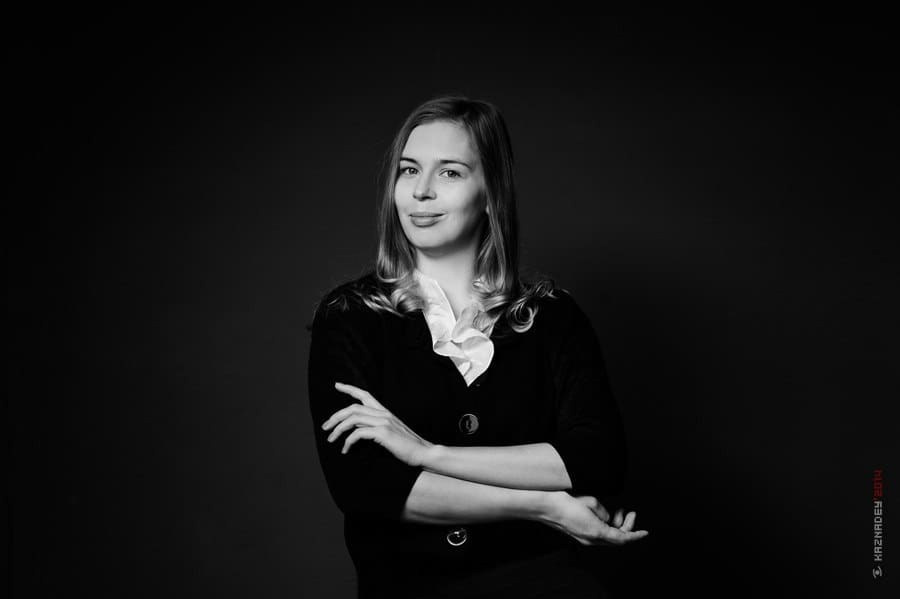
Radio Stolitsa | Interview with Katya Kaznadey Minsk, Monday, July 1, 2019
